6:00 am – buzz, buzz – My alarm clock goes off. I unplug my iPhone, rub the sleep from of my eyes and open up my email, then peruse my Google news feed. My better half wakes up and asks, “Is it going to be hot today?” I open the Weather Underground app and see it’ll be another scorcher in the East Bay.
6:50 am – Time to wake our twins. My son asks, “Did the A’s win, daddy?” He opens the ESPN app to see the A’s have lost yet again.
7:35 am – Phew, got a seat on the train. I turn on the mifi, open my laptop and check Slack, the messenger we use here at Fivestars.
As the day continues, my dependence for communicating and gathering information an iPhone or laptop swells, just like billions of other people.
But why is this important, especially to you as small or medium-sized business owner? It matters because businesses (including small and medium businesses) need to be spending time, marketing efforts, and advertising dollars in the most efficient and effective way – On channels where potential customers spend the most time, which as you can see above (and below in charts), is seemingly online/digital.
Digital vs. traditional advertising spend
However, small businesses in particular are taking longer to adopt beneficial digital efforts. In fact, clutch found in a survey, almost half of small businesses only dedicate 20% or less of their marketing budget towards digital marketing (website, mobile application, social media, SEO, and paid search ads.).
And according to International Journal of Research in 2014 (source), 60% of advertising spending is still spent on traditional channels, while mobile and online comprises of 40% business advertising spending.
However, as they say in the advertising world, the money should follow the eyeballs, right? So just how many eyeballs are actually online? Let’s look at the stats.
The rapid increase of digital consumption and adoption
If you look at information consumption trends from print to online over the years, you’ll see the stats are staggering. Internet penetration went from 0.6% in 1995 to 39% of the global population in 2014 – That’s 35M people to 2.8B people (source: KPCB 2015).
Mobile is even more dramatic, expanding from a 1% population penetration to a 73% population penetration – 80M people to 5.2B people (source: KPCB 2015). That’s roughly one cell phone for every person in the world older than 14 years of age.
As online and mobile access to information is made to be more user-friendly, people are gravitating away from traditional forms of data consumption and choosing the much more convenient and available.
Today, time spent on mobile devices has eclipsed time spent on TV according to Flurry Analytics, and cellphone users check their phones 150x per day according to ABC News. So I’m not alone in my addiction to mobile.
Here’s an interesting infographic, made by ReachLocal, breaking down what exactly consumers do when they’re online:
Advertising spend trends for the coming year
The Business Insider reports that, “dollars are increasingly flowing from traditional ads to digital, as strong growth in mobile, video, and social spending continue to change the face of the US media market. Over the next five years, marketers will especially embrace mobile. Mobile will drive up spending on video, search, display, and social, and propel the migration of ad dollars away from traditional media, including newspapers and magazines.”
But does all this mean a small businesses shouldn’t spend advertising dollars or marketing efforts on traditional channels at all? Definitely not, but what business owners need to do is direct more advertising spend, time and efforts towards channels where their particular customer base and consumer concentration is highest – This includes websites, email, mobile/text messaging, and social.
Establishing digital presence
So you know digital is important, but but how do you establish more of a digital presence overall? Here are some tips:
- Ensure you have a strong, steady, mobile-friendly website. Use sites like Duda, Weebly, MoPro, Wix, SquareSpace, and more, which provide easy, mobile-friendly, SEO-building website creation tools. It’s especially important that your site is mobile-friendly, as we’ve found: 56% (over half) of all mobile search has local intent (source). This means that over half of all mobile searches are searches for local product/services/destination. Mobile is becoming a non-negotiable, especially with the 18-30 year demographics.
- Remember where your target customers are – the internet can reach a lot of people all across the street and around the world. If you run a local business, you’re probably not interested in customers in another country. Seek local channels for advertising. A great place to look is local newspapers. Most local newspapers will have online versions and also partner with companies that can provide digital services. Many times the local options will be your strongest option.
- Get (even more) social – You have a presence on social, but consider dedicating more time and/or money towards advertising on social as well, including Facebook, Instagram and/or Pinterest ads. Facebook has multiple services and options that allow you to reach local customers through targeted ads.
- Claim all of your online listings (Google My Business, Yelp, Angie’s List, etc.) and monitor, maintain and update them on a regular basis.
- Invest in a digital loyalty program –A good digital loyalty program will not only increase repeat business through various rewards structures, but should also include digital messaging tools like email, text message and/or mobile app notifications, in addition to data about customer visit behavior and the ability to segment and target your customers.
- Look into online marketing companies like ReachLocal, who provide online marketing and advertising options for small to medium-sized businesses.
In the end, if you are still in need of more information or advice or guidance, you can always call us. We’d be happy to help!


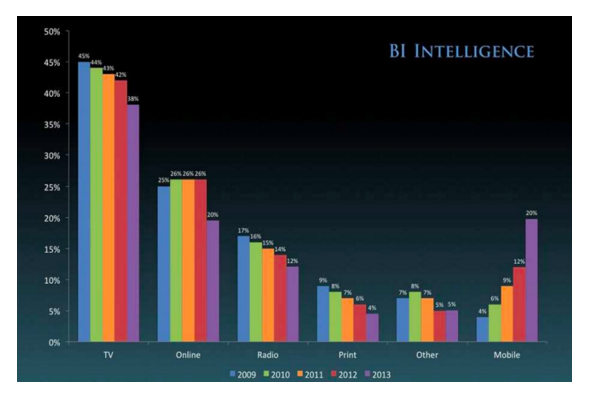
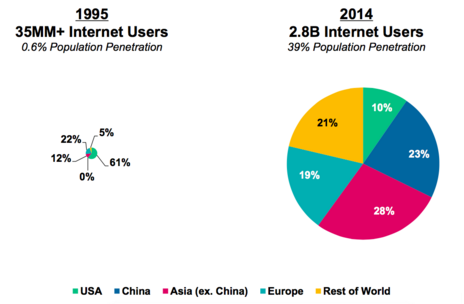
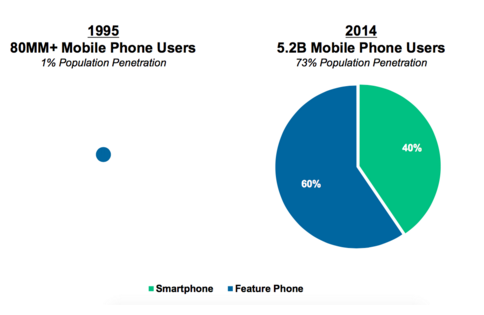
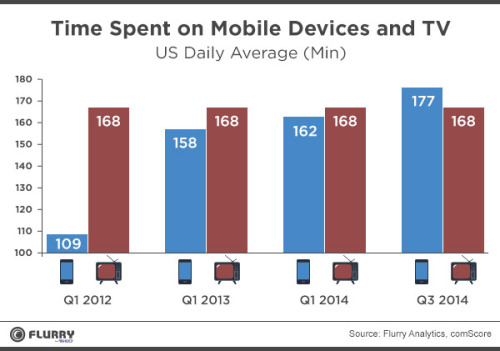
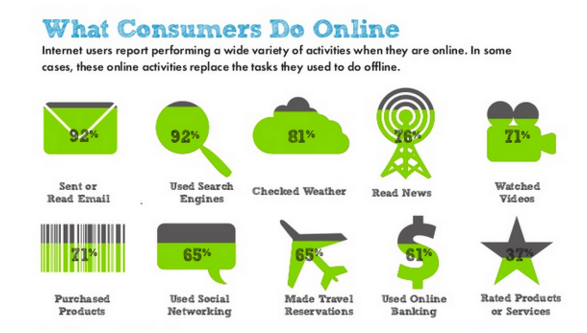



Excellent! Just excellent!